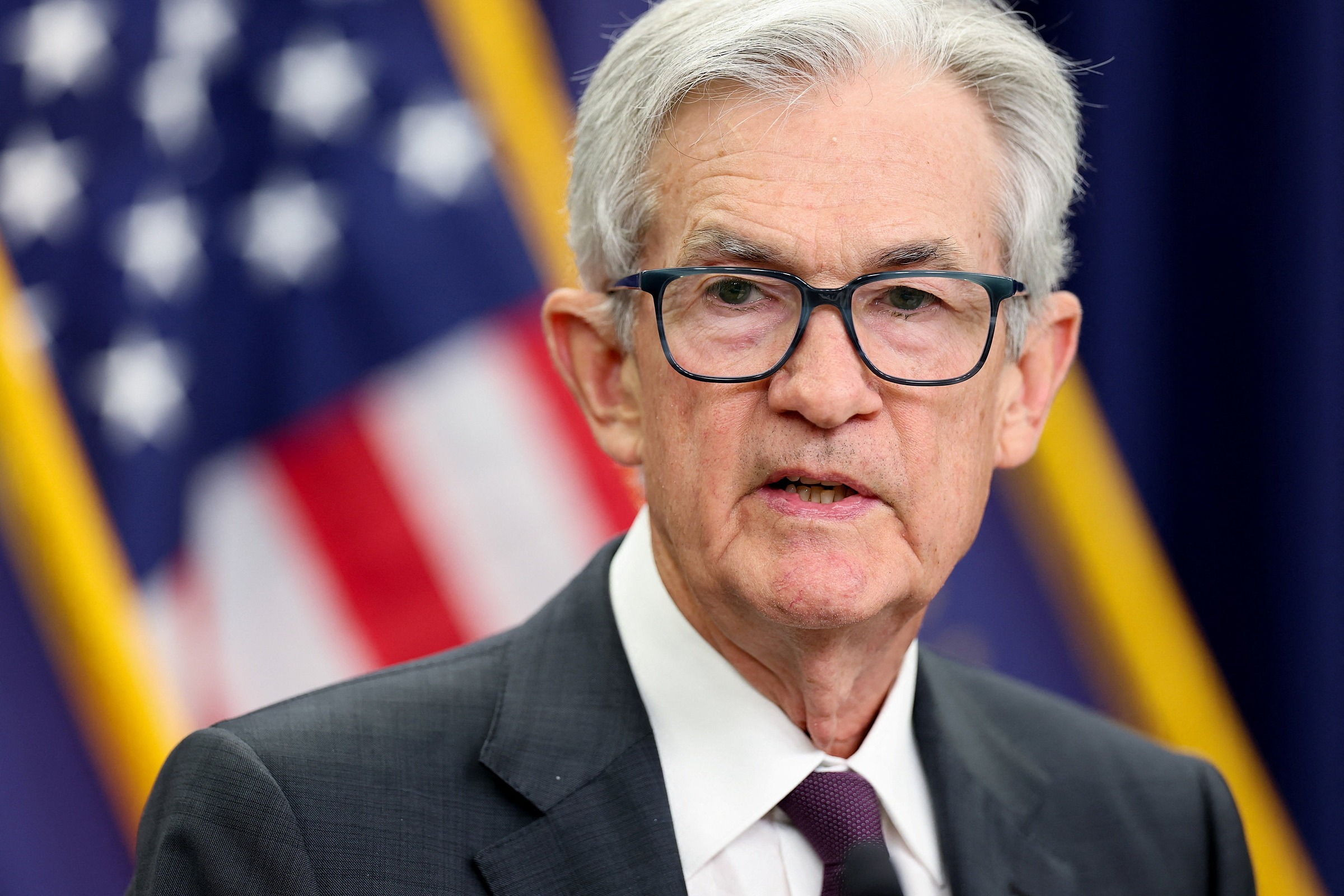On 30/7, following a two-day policy meeting, the Fed decided to maintain its benchmark interest rate at 4.25-4.5%. In its post-meeting statement, the Fed noted that "the unemployment rate remains low, the labor market is robust, and inflation is rising." This marks the fifth consecutive time the agency has held rates steady.
The Fed acknowledged that economic growth "slowed in the first half of the year," reinforcing the possibility of a rate cut at its next meeting if this trend continues. However, it expressed "uncertainty about the economic outlook," noting risks to both its inflation and employment targets. The post-meeting statement indicated hesitation to cut rates until the trends in these two factors become clearer.
 |
Fed Chair Jerome Powell during a press conference on 30/7. Photo: Reuters |
Fed Chair Jerome Powell during a press conference on 30/7. Photo: Reuters
In a subsequent press conference, Fed Chair Jerome Powell remained cautious, leaving policy options open. "We haven't made any decisions for September," he stated, emphasizing that more data will be released between now and the Fed's next meeting. The Fed affirmed that current monetary policy remains appropriately tight due to increasing economic risks.
Following Powell's remarks, the probability of a rate cut at the September meeting immediately dropped from 64% to 46%, according to CME FedWatch estimates.
This week also marked the first time in over 30 years that two members of the Fed's Board of Governors dissented from the general decision. These were Michelle Bowman and Christopher Waller, both previously nominated to the board by Trump. Waller is even considered a potential successor to Powell when his term ends in May next year.
The Fed's announcement indicated that both Bowman and Waller favored a 0.25% rate cut at this meeting. This could spark debate about the influence of Trump's public pressure on an institution designed to operate independently. Over the past few months, he has repeatedly called for the Fed to cut rates and criticized Powell for delaying such action.
Before the Fed's interest rate announcement, the US Department of Commerce reported that US GDP rebounded in Quarter II, growing by 3% after declining in Quarter I. However, decreased imports largely contributed to this increase. Domestic demand also grew at its slowest pace in two and a half years.
"We anticipated the GDP figures released this week. I think it's still a bit difficult to assess because net exports fluctuated so much," Powell concluded.
Ha Thu (via Reuters, CNBC)












